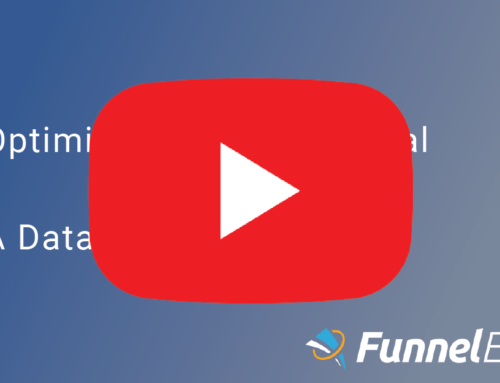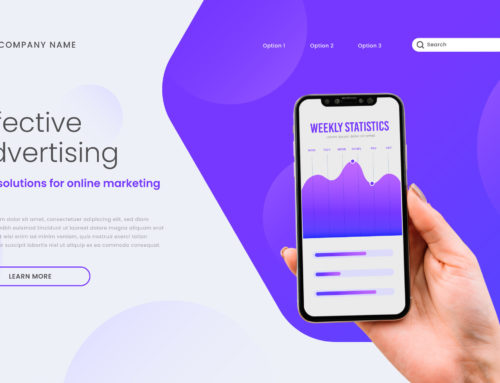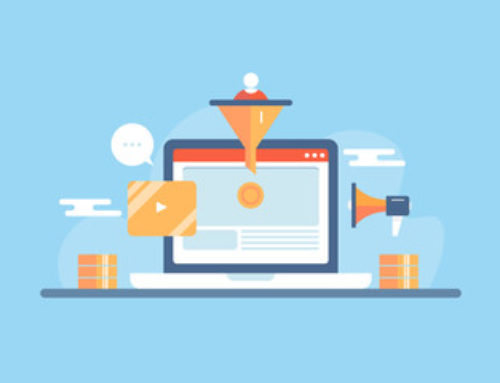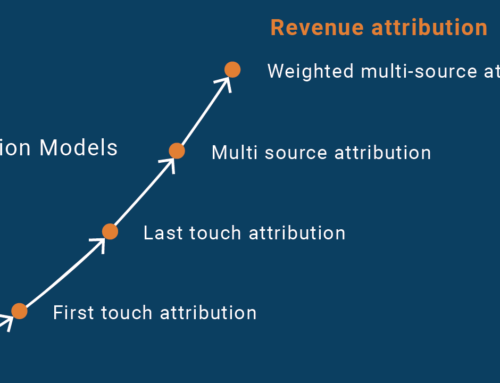Why Homepage Messaging Matters More Than Ever
When a prospect lands on your website, you’ve got seconds—maybe even less—to make an impression. Your homepage hero section, headlines, and subheadlines aren’t just design elements. They are your first and potentially only opportunity to communicate your product’s core value in a way that sticks.
Unfortunately, many companies default to flashy, hype-driven claims—“Powered by AI,” “Smarter than ever,” or “AI-first platform.” But these phrases have lost their luster. Why? Because they’re everywhere.
The AI Saturation Point
AI has become table stakes. Just like mobile-responsive design or SSL encryption, customers now assume it’s there. So when your differentiator is “we use AI,” it sounds more like a product update than a compelling value proposition. In fact, the constant buzz around artificial intelligence has desensitized audiences. The moment they hear it, many tune out.
Using AI doesn’t make you special. It makes you current.
You’re Supposed to Use AI—That’s Not Unique
Let’s be honest: if your product doesn’t use AI in 2025, your audience might wonder if you’re falling behind. From automated recommendations to chatbot integrations, AI has become a standard feature set. So why lead with it?
Highlighting AI as the centerpiece of your offer is like announcing that your software works on the internet. It’s expected.
What Real Differentiation Looks Like
Rather than centering your hero copy on the what (AI), focus on the outcome.
What specific transformation does your customer experience after using your product? What’s the real-world impact? Is it measurable efficiency? Greater revenue? Reduced churn?
Use those insights to craft messaging that speaks to your audience’s problems, goals, and desired outcomes. That’s what converts—not AI buzzwords.
AI as a Value Add, Not the Headline
Does this mean you should never mention AI? Of course not. But be strategic. AI can show up in feature descriptions, product tour pages, or even as a badge or banner (“Now with generative AI insights!”).
Make it a supporting character, not the protagonist.
Examples: Where AI Messaging Misses the Mark
Take customer support platforms like Intercom or Zendesk. If they say “Now with AI chatbots,” that’s interesting—but not unique. Voiceflow or other low-code platforms already enable this functionality for almost anyone. It’s not the kind of thing that gives you a leg up in an increasingly competitive market.
Where AI Belongs on the Page
There’s a place for AI mentions, just not front and center. Consider placing them:
-
In a top bar announcement (“Now with AI insights—Learn more”)
-
As a badge next to product features
-
On a dedicated page or blog post
-
In tooltips or onboarding messages
These placements add context without distracting from your core messaging.
The BS Meter Is Real
Today’s audience is more skeptical than ever. They’ve seen big promises and vaporware too many times. When they read “AI-powered,” they instinctively ask, “So what?” or “How does that help me?”
Empty claims raise the BS meter. Back up everything with specifics: use cases, proof points, customer stories.
Avoid Copycat Messaging
There’s a dangerous cycle in B2B marketing: competitors copy each other’s messaging, hoping it must be working. But this leads to sameness, not innovation.
Be bold enough to sound different. You can’t out-Intercom Intercom, but you can carve your own lane.
The Attention Economy Is Ruthless
Your visitors aren’t reading—they’re scanning. If they don’t see something compelling in your headline or hero section in the first few seconds, they’re gone.
Don’t waste those moments bragging about your AI. Use them to show how you solve their biggest pain points.
From Features to Outcomes
A subtle but powerful shift: stop leading with features. Lead with results.
Instead of “AI-powered fraud detection,” try “Stop revenue loss from fraud in under 24 hours.” That’s what buyers care about. That’s differentiation.
You’re Already Late to the AI Hype
If you’re just now positioning your product around AI, you’re late to the party. The early adopters made noise years ago. Now, differentiation requires more nuance.
Let Product Updates Be Product Updates
AI enhancements are great. But they belong in your release notes, newsletters, or case studies—not the hero section of your homepage.
Focus your most valuable screen real estate on what matters most to your customers.
The Risk of Overpromising
Saying “AI-powered” implies smart, seamless, magical experiences. If the product doesn’t deliver on that promise, trust erodes. Quickly.
Be cautious. Clarity beats cleverness.
Speak Their Language, Not Yours
Your customers don’t care that you trained a proprietary model. They care that you help them close more deals, save hours of manual work, or improve marketing ROI.
Ditch the technical jargon. Embrace real-world language.
AI Can Be the “How,” Not the “Why”
It’s fine to show how your product works—just don’t confuse that with why people should care.
Your homepage should focus on the “why.”
Don’t Drown in the Sea of Sameness
Stand out by being useful, relevant, and honest. That’s rare—and valuable.







